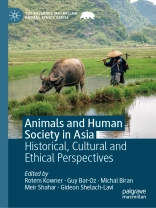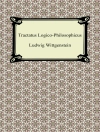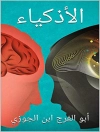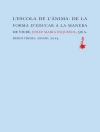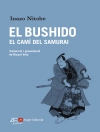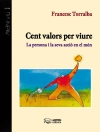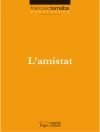This edited collection offers a comprehensive overview of the different aspects of human-animal interactions in Asia throughout history. With twelve thematically-arranged chapters, this book examines the diverse roles that beasts, livestock, and fish — real and metaphorical– have played in Asian history, society, and culture.
Ranging from prehistory to the present day, the authors address a wealth of topics including the domestication of animals, dietary practices and sacrifice, hunting, the use of animals in war, and the representation of animals in literature and art.
Providing a unique perspective on human interaction with the environment, the volume is cross-disciplinary in its reach, offering enriching insights to the fields of animal ethics, Asian studies, world history and more.
विषयसूची
Chapter 1. Introduction: Animals and Human Society in Asia: An Overview and Premises. Rotem Kowner, Guy Bar-Oz, Michal Biran, Meri Shahar and Gideon Shelach-Lavi.- Part I: Hunting and Domestication.- Chapter 2. When Elephants Roamed Asia: The Significance of Proboscideans in Diet, Culture and Cosmology in Paleolithic Asia. Ran Barkai.- Chapter 3. Hunting to Herding to Trading to Warfare: A Chronology of Animal Exploitation in the Negev. Steven A. Rosen.- Chapter 4. Domestication of the Donkey (Equus asinus) in the Southern Levant: Archaeozoology, Iconography and Economy. Ianir Milevski and Liora Kolska Horwitz.- Part II: Animals as Food.- Chapter 5. Spilling Blood: Conflict and Culture over Animal Slaughter in Mongol Eurasia. Timothy May.- Chapter 6. China’s Dairy Century: Making, Drinking and Dreaming of Milk. Thomas David Du Bois.- Chapter 7. Tuna as Economic Resource and Symbolic Capital in Japan’s ‘Imperialism of the Sea’. Nadin Heé.- Part III: Animals at War.- Chapter 8.Elephants in Mongol History: From Military Obstacles to Symbols of Buddhist Power. William G. Clarence-Smith.- Chapter 9. The Mamluk’s Best Friend: The Mounts of the Military Elite of Egypt and Eurasian Steppe in the Late Middle-Ages. Reuven Amitai and Gila Kahila Bar-Gal.- Chapter 10. A Million Horses: Raising Government Horses in Early Ming China. Noa Grass.- Part IV: Animals in Culture and Religion.- Chapter 11: From Lion to Tiger: The Changing Buddhist Images of Apex Predators in Trans-Asian Contexts. Xing Zhang and Huaiyu Chen.- Chapter 12. The Chinese Cult of the Horse King, Divine Protector of the Equines. Meir Shahar.- Chapter 13. Animal Signs: Therimorphic Intercession between Heaven and Imperial Mongolian History. Brian Baumann.
लेखक के बारे में
Rotem Kowner is Professor of Japanese History and the director of the liberal arts program at the University of Haifa, Israel.
Guy Bar-Oz is Professor of Archaeology and founder of the Laboratory of Archaeozoology at the Zinman Institute of Archaeology, the University of Haifa, Israel.
Michal Biran is the Max and Sophie Mydans Foundation Professor in the Humanities at the Hebrew University of Jerusalem, Israel, and a member of the Israeli Academy of Science and Humanities.
Meir Shahar is a Professor of Chinese studies at Tel Aviv University, Israel.
Gideon Shelach-Lavi is the Louis Freiberg Professor of East Asian Studies and the director of the Institute of Asian and African studies at the Hebrew University of Jerusalem, Israel.
